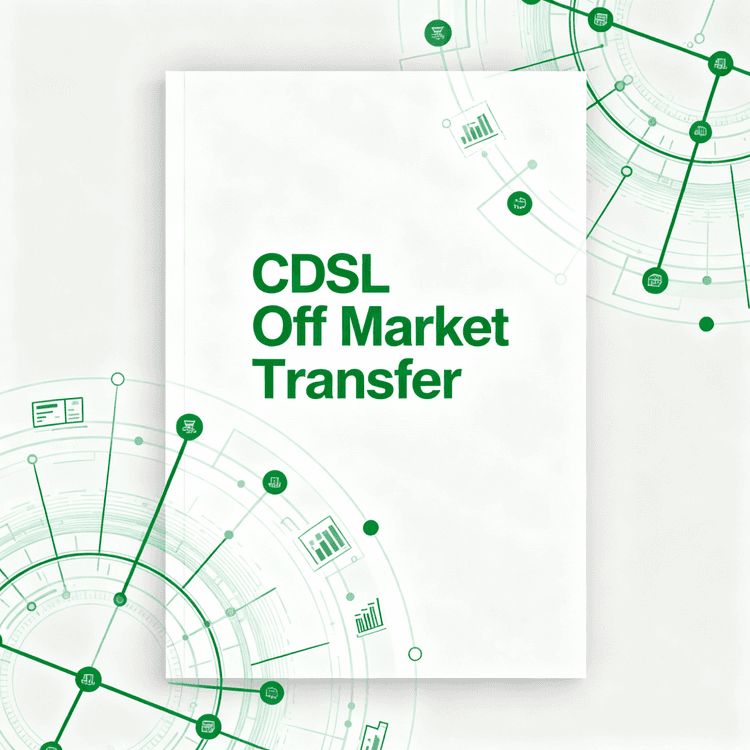The National Stock Exchange of India (NSE) stands as the cornerstone of the Indian stock market, playing a pivotal role in enabling businesses to secure funding and empowering individuals to cultivate their wealth. Established in 1992 and fully operational by 1994, the NSE revolutionized the landscape of Indian stock trading. By introducing an electronic trading system, the NSE democratized the process, making it faster, fairer, and more accessible. Today, it ranks among the world’s largest stock exchanges when measured by trading volume. Beyond the primary trading of listed securities, the NSE also facilitates trading in NSE Unlisted Shares, representing equity in companies not yet publicly listed.
Operating through a highly efficient and fully automated trading system, the NSE ensures real-time order matching based on supply and demand, eliminating intermediaries and ensuring swift, accurate trade executions. This system is supported by the National Securities Clearing Corporation Limited (NSCCL), a subsidiary of the NSE, which guarantees smooth securities and money transfers between buyers and sellers, adhering to a T+1 settlement cycle for reduced risk and improved market liquidity.
The NSE provides a diverse array of financial products, including stocks, bonds, and derivatives, allowing investors to engage in various investment strategies tailored to their risk preferences. Beyond these mainstream offerings, the NSE also encompasses specialized segments designed to meet the unique needs of different market participants.
Capital Market Segment (Equities)
The Capital Market segment is the bedrock of the NSE, serving as the primary arena for listing and trading equities. This encompasses a wide range of instruments, including common stocks, preferred stocks, exchange-traded funds (ETFs), Indian Depository Receipts (IDRs), and units of closed-ended mutual funds. Equities represent ownership in a company and provide investors with the potential for capital appreciation and dividend income. The NSE facilitates the seamless buying and selling of these securities, providing a transparent and regulated platform for price discovery.
Key Features of the Capital Market Segment:
- Rolling Settlement: In the main equity segment, trades are typically settled on a T+1 basis, meaning that the exchange of securities and funds occurs one working day after the trade date. However, for SME securities, a T+2 settlement cycle applies. This streamlined settlement process enhances market efficiency and reduces counterparty risk.
- Trade-for-Trade Settlement: Predominantly utilized in the SME segment, this settlement mechanism ensures that each trade is settled individually without netting off. This rigorous approach promotes settlement discipline and transparency, particularly for smaller and less liquid securities.
- Odd Lot Segment: This sub-segment caters to trading in quantities that are smaller than the standard lot size. It provides liquidity for smaller investors, particularly in SME securities, allowing them to participate in the market without being constrained by minimum lot size requirements.
The Derivatives Market segment on the NSE offers a sophisticated platform for trading derivative contracts based on a variety of underlying assets. These include equity shares, indices (such as the Nifty 50), currencies, interest rates, and even commodities. Derivatives are financial instruments whose value is derived from the price of an underlying asset. They serve various purposes, including hedging risk, speculating on price movements, and arbitrage. The NSE has been at the forefront of derivative trading in India since 2002, providing a robust and liquid market for these instruments.
Key Derivatives Products Available on NSE:
- Equity Derivatives: These contracts are based on individual stocks, allowing investors to take positions on the future price movements of specific companies.
- Index Derivatives: Contracts like the Nifty 50 futures and options allow investors to trade on the overall performance of the Indian stock market.
- Currency Derivatives: These contracts enable investors to hedge against or profit from fluctuations in currency exchange rates.
- Interest Rate Derivatives: These instruments are used to manage interest rate risk, allowing investors to lock in borrowing or lending rates.
- Commodity Derivatives: Contracts based on commodities like gold, silver, and crude oil allow investors to participate in the commodity markets without physically owning the underlying assets.
The Fixed Income and Debt Market segment provides a platform for trading a wide range of debt securities, including government securities, corporate bonds, sovereign gold bonds, and other fixed-income instruments. These securities represent loans made by investors to governments or corporations, and they typically offer a fixed rate of return over a specified period. The NSE launched its debt platform in 2013 with the aim of enhancing transparency and liquidity in the trading of debt securities.
Key Types of Debt Securities Traded on NSE:
- Government Securities (G-Secs): These are bonds issued by the Indian government and are considered to be among the safest investment options.
- Corporate Bonds: These are debt instruments issued by companies to raise capital. They typically offer higher yields than government securities but also carry higher credit risk.
- Sovereign Gold Bonds (SGBs): These are government-issued bonds that are linked to the price of gold. They offer investors a way to invest in gold without having to physically hold the metal.
- Other Debt Instruments: This category includes a variety of other fixed-income securities, such as municipal bonds and securitized debt.
The SME and EMERGE segment is specifically designed to support Small and Medium Enterprises (SMEs) in raising capital and accessing the stock market. This segment provides a platform for growth-stage companies that may not meet the stringent listing requirements of the main exchange. By listing on the SME platform, these companies can gain access to a wider pool of investors and enhance their visibility.
Key Features of the SME and EMERGE Segment:
- Easier Listing Norms: The listing requirements for the SME segment are less onerous than those for the main exchange, making it easier for smaller companies to go public.
- Dedicated Trading Platform: The EMERGE platform provides a dedicated trading environment for SME securities, enhancing liquidity and price discovery.
- Investor Awareness Initiatives: The NSE undertakes various initiatives to educate investors about the opportunities and risks associated with investing in SME securities.



